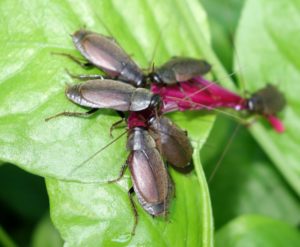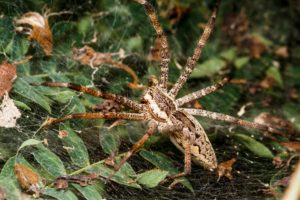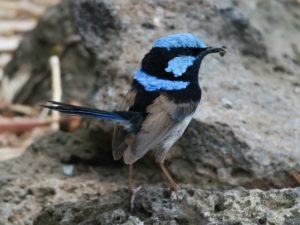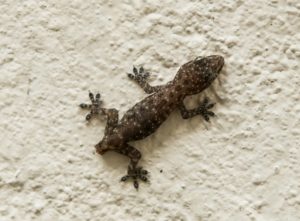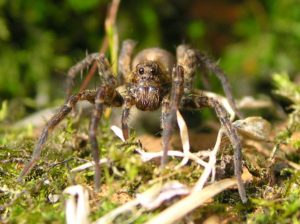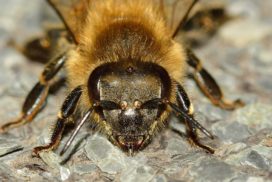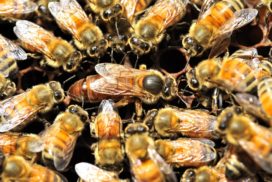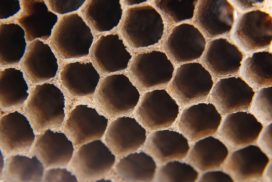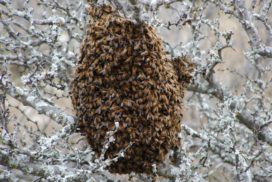HOW DO BEES FLY, GIVEN THAT THEY HAVE RELATIVELY SMALL WINGS?
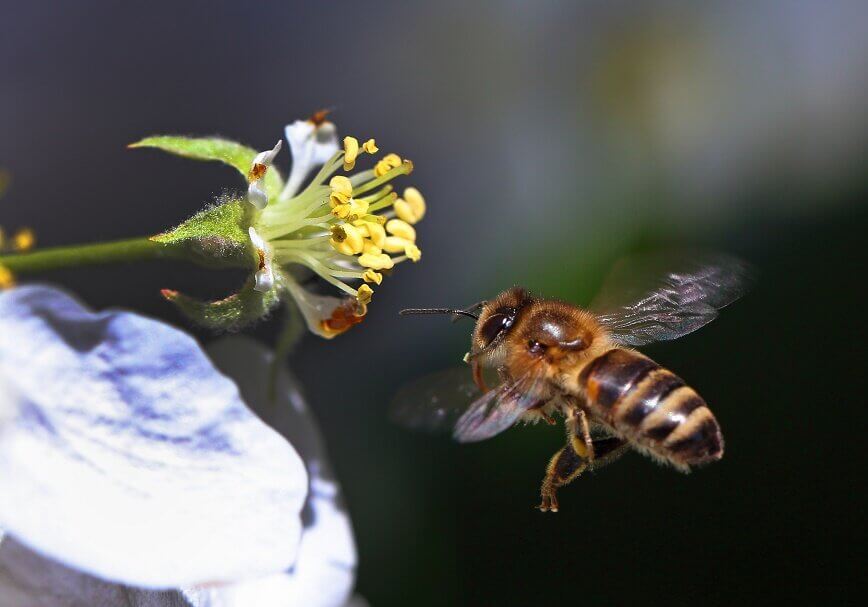
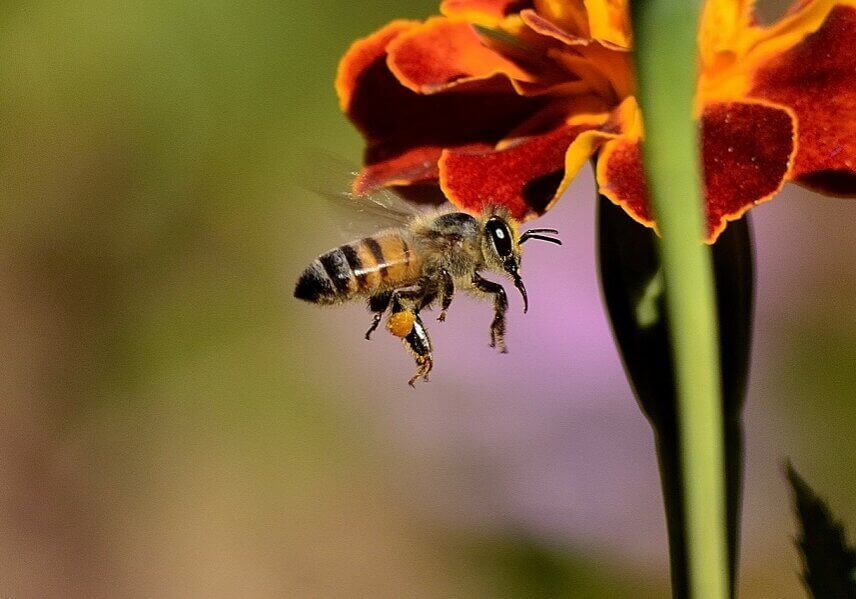
Bee in flight
Honey bees have to carry nectar and pollen back to the hive, which may be equivalent to their body mass. How do they fly given their relatively small wings?
According to Live Science, scientists have found that bees do not operate like fixed-wing airplanes and helicopters. They flap their wings up to 230 times per second and flip them over on the return stroke. This complex wing movement creates pockets of low air pressure, resulting in a circular air movement similar to a hurricane above the bee's wing that gives it lift.
The technology employed by bees is far more complex and superior to the fixed-wing technology used on airplanes.
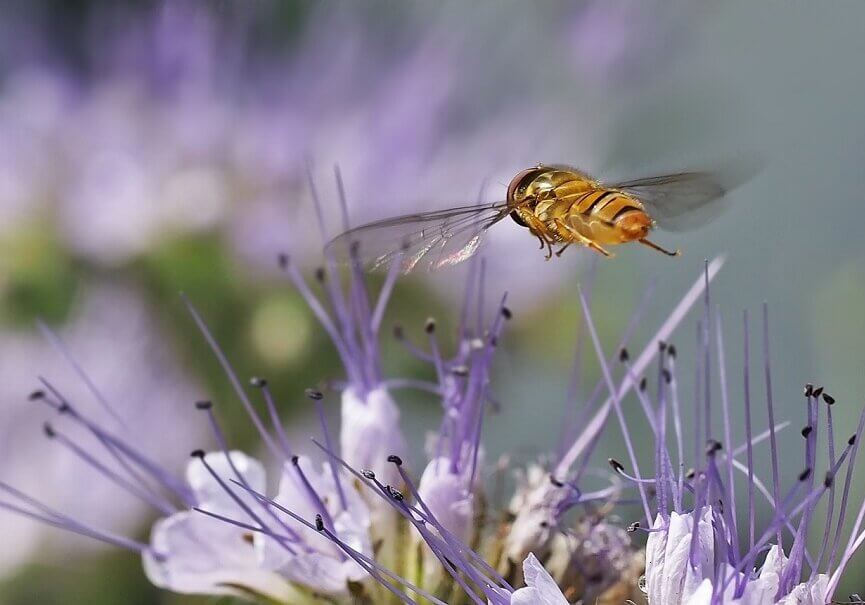
Bee in flight
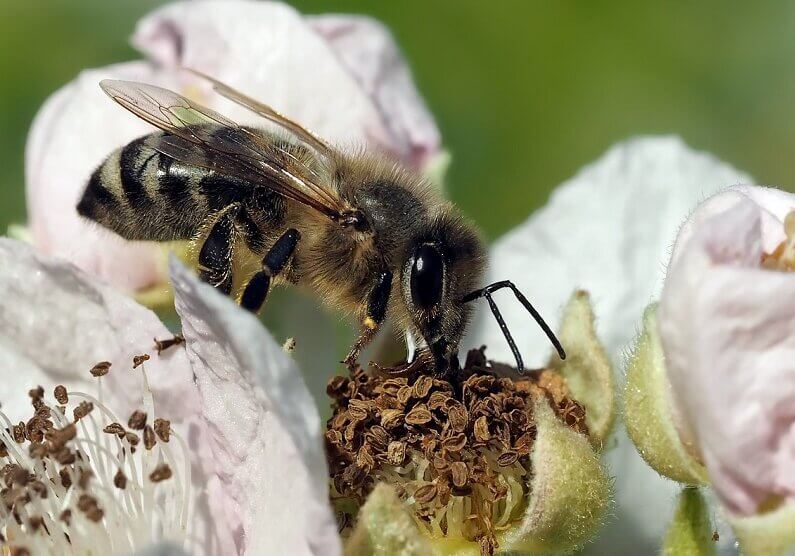
Bee on a flower
Recent posts
Join us on social media or subscribe!
Sign up to receive our articles in your inbox!
Enter your name and email address below to subscribe.
